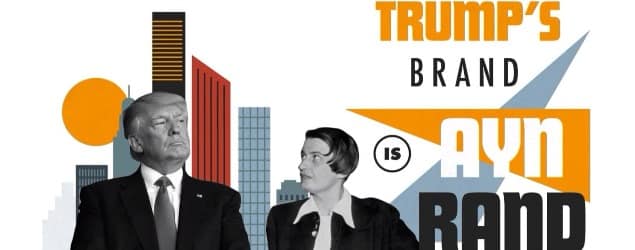Why my dog’s health insurance is cheaper than my own

In a recent article, Megan McArdle considers why insuring her dog is much cheaper than insuring a person. McArdle sees two reasons. Many of today’s highly advanced, expensive medical treatments are not available in veterinary medicine. Also, whereas we spend lavishly on people in their last days (which is when we tend to spend the most we ever will on health care), we tend to purchase much less medical treatment for our pets in the last days of their lives (we tend to let them go for their own comfort).
There is truth to these explanations, but there is another factor that McArdle does not mention which surely — and I’d imagine, more fundamentally — contributes to why insuring my 2-year-old Havanese costs less than $220 per year and my own coverage (a high-deductible policy, paid for by my employer) costs more than $3,000. It’s the fact that pet health insurance is far less controlled by government than human health insurance (veterinary medicine in general is freer, which contributes to why the same treatment costs far less when performed on a pet than on a person — see one example here).
As far as I know, pet health insurers are left free to do what insurers are fundamentally supposed to do — assess, price and manage risk. It is the effective risk pooling mechanisms that insurers have developed and continually improved over the course of centuries that have made possible insurance protection for an ever-greater variety of risks (see some examples here) at ever-affordable prices (see one example here).
But when it comes to health insurance, the government manipulates every aspect of the risk pooling process (and every other aspect of the insurance business), raising the cost of coverage along the way (see some examples here). These distortions to the business model of insurance undoubtedly impact the ability of health insurers to offer cheaper policies.
(McArdle’s article, by the way, is worth reading. Though I don’t agree with everything she says, she offers a thoughtful analysis of the often overlooked value of insurance.)



